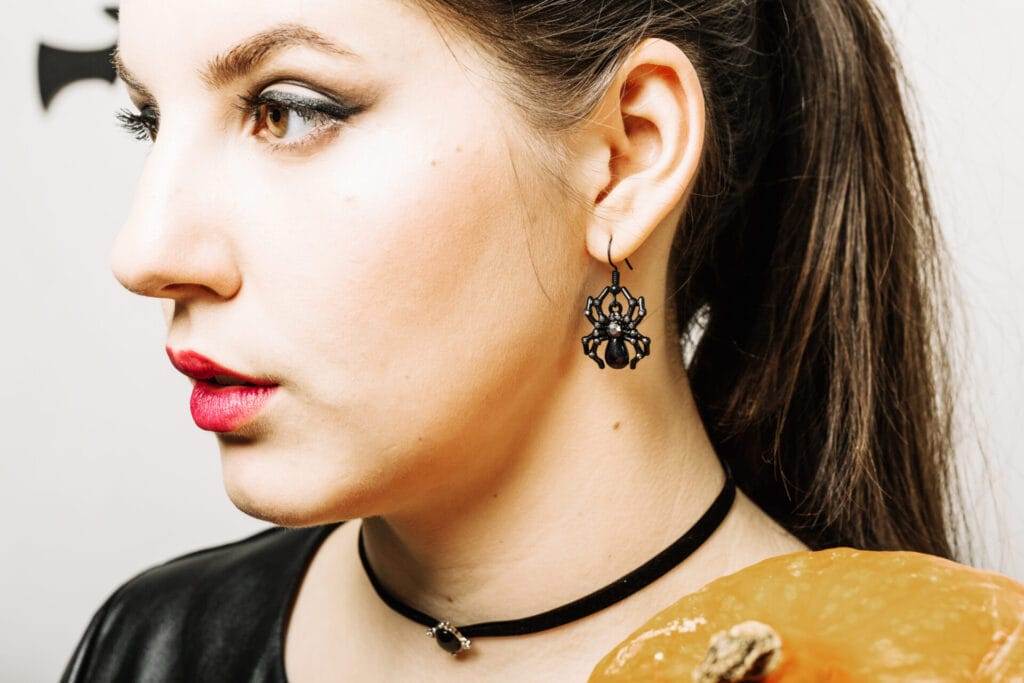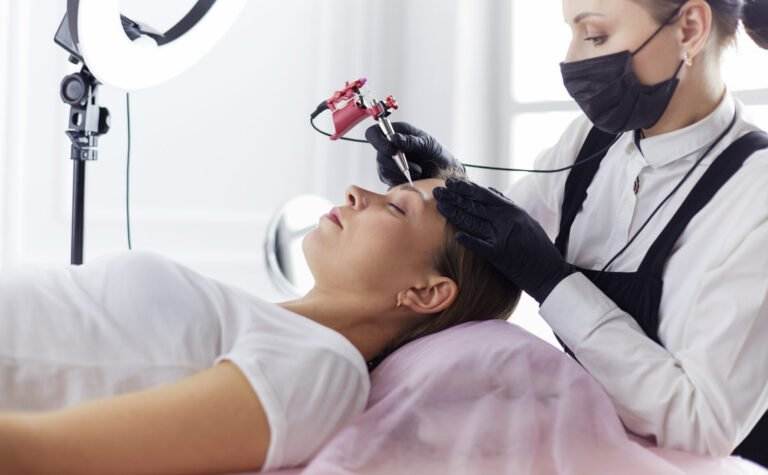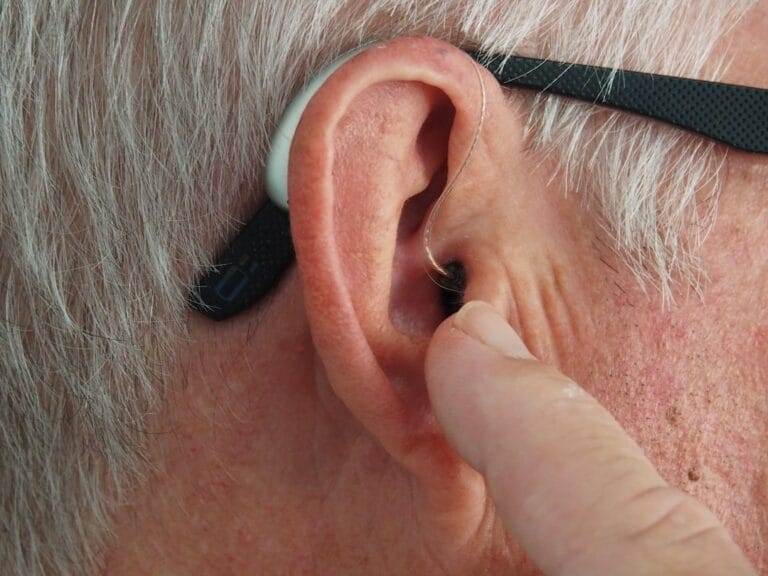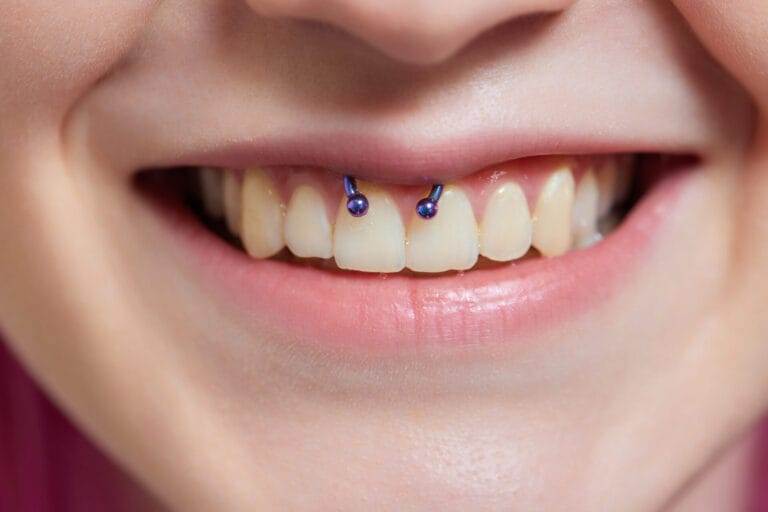Introduction to Piercing Jewelry
Piercing jewelry is an essential accessory for those who love body modifications. It comes in various forms and materials, catering to different kinds of piercings. Understanding the different types of piercing jewelry and the factors to consider when choosing it is crucial to ensure comfort, style, and safety.
Different types of piercing jewelry
• Studs: These are small, decorative earrings that are perfect for various piercings, such as the earlobe and cartilage.
• Hoops: Also referred to as rings, they come in different sizes and diameters, suitable for nose, lip, and ear piercings.
• Barbells: Generally used for tongue and industrial piercings, these straight bars have a ball on each end.
• Captive Bead Rings: These rings have a small captive bead that is held in place by the tension created when the ring is closed.
Factors to consider when choosing piercing jewelry
• Material: It is important to choose hypoallergenic materials like stainless steel, titanium, or gold to avoid any allergic reactions.
• Size: Select jewelry that fits snugly and comfortably in your piercing without causing any discomfort or stretching.
• Style: Consider your personal style and choose jewelry that complements your overall look and enhances your piercing.
• Healing process: Opt for jewelry that allows proper airflow and minimizes irritation to promote faster healing.
• Professional advice: Consult a professional piercer for guidance on the appropriate size, material, and type of jewelry for your specific piercing.
Overall, choosing the right piercing jewelry involves considering various factors, including material, size, style, healing process, and seeking professional advice. Make sure to select jewelry that not only looks good but also prioritizes your comfort and safety.
Stud Earrings
Different styles of stud earrings
– Ball studs: These studs feature a small metal ball as the decorative element.- Gemstone studs: These studs showcase various gemstones, adding a pop of color and sparkle to your piercing.- Stud earrings with dangles: These unique studs have a charm or chain that hangs down from the main earring, creating movement and interest.
Materials used in stud earrings
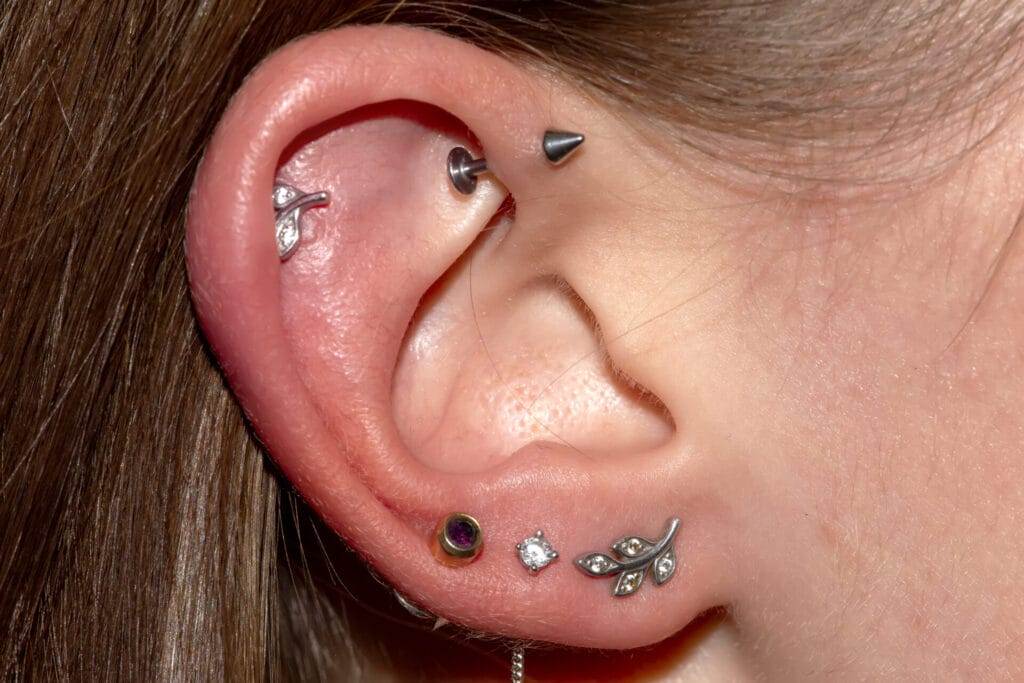
– Sterling silver: A popular choice, durable, and affordable.- Gold: Options like yellow gold, white gold, or rose gold for a luxurious look.- Stainless steel: Known for its durability and resistance to tarnish.- Titanium: Hypoallergenic and lightweight.
When selecting stud earrings, consider your personal taste and the materials that suit your skin sensitivity. Choose a size that fits securely in your piercing without causing discomfort. Consult a professional piercer for expert advice.
Nose Rings
Different types of nose rings
– Hoop nose rings: Circular in shape, these rings can be simple or embellished with gems or charms.- Stud nose rings: Similar to stud earrings, these nose rings feature a small decorative element that sits flat against the nostril.- Septum rings: These rings are designed to be worn through the septum and come in various styles and sizes.
Materials used in nose rings
– Surgical steel: A commonly used material due to its durability and hypoallergenic properties.- Titanium: Lightweight and hypoallergenic, making it suitable for those with metal allergies.- Gold: Adds an elegant touch to nose rings, with options like yellow gold or rose gold.- Bioflex: A flexible and biocompatible material that is ideal for healing piercings.
Lip Rings
Different styles of lip rings
– Labret studs: These lip rings have a flat disk or bead on one end and a removable decorative element on the other, providing flexibility in style.- Circular barbells: Also known as horseshoes, these lip rings have a circular shape with two removable balls at the ends, creating a unique look.- Captive bead rings: These lip rings consist of a circular bar with a small bead that is captured in the middle, creating a seamless appearance.- Seamless rings: These lip rings have no visible openings and appear to be a continuous band, offering a minimalist and sleek aesthetic.
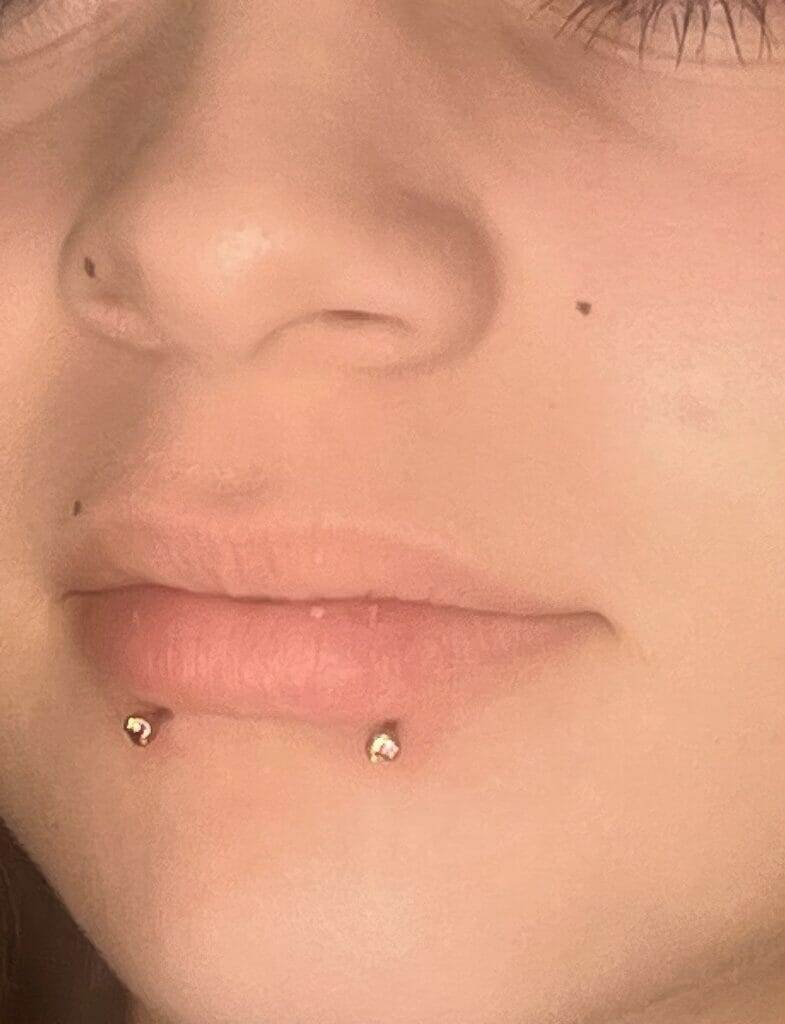
Materials used in lip rings
Surgical steel: A popular choice for lip rings due to its durability, hypoallergenic properties, and resistance to tarnish. Bioflex: A flexible and biocompatible material that is ideal for healing piercings. Acrylic: Offers a wide range of colors and designs, making it a fun and vibrant option for lip rings. Gold: Adds a touch of luxury to lip rings and comes in various shades such as yellow gold or rose gold.
When choosing a lip ring, consider your personal style and comfort level. Consult a professional piercer for expert guidance on sizing and placement.
Belly Button Rings
Different designs of belly button rings
– Barbells: The most common type of belly button rings, barbells have a straight bar with a decorative element on one end and a removable ball or charm on the other.- Dangle belly button rings: These belly button rings feature a long bar with a hanging charm or pendant, creating movement and adding an eye-catching touch to your belly button piercing.- Reverse belly button rings: Designed to be worn upside down, these belly button rings have a curved barbell that sits on top of the belly button, creating a unique and edgy look.
Materials used in belly button rings
– Surgical steel: A popular choice for belly button rings due to its hypoallergenic properties and durability.- Titanium: Known for its lightweight and corrosion-resistant properties, titanium is a great option for those with metal sensitivities.- Gold: Offers a touch of elegance and comes in various shades and karats, allowing you to personalize your belly button ring.- Bioflex: A flexible and biocompatible material that is ideal for healing piercings, especially for those with sensitive skin.
When choosing a belly button ring, consider both style and comfort. Consult a professional piercer to ensure proper sizing and placement for your belly button piercing.
Ear Gauges
Different sizes and styles of ear gauges
– Tunnel gauges: These ear gauges have a hollow tunnel-like design that stretches the earlobe, creating a distinct and unique appearance. They are available in various sizes, starting from smaller gauges and gradually increasing in diameter.- Plug gauges: Plug gauges are solid cylinders that are inserted into the stretched earlobe. They come in different styles, including flat-faced or concave designs.- Taper gauges: Taper gauges are used to gradually stretch the earlobe. They have a pointed end that is inserted into the piercing and widened gradually to achieve the desired size.
Materials used in ear gauges
– Surgical steel: A popular choice for ear gauges due to its durability and hypoallergenic properties.- Organic materials: Materials like wood, bone, and horn are used to create unique and natural-looking ear gauges.- Acrylic: Known for its lightweight and affordable nature, acrylic gauges come in a wide range of colors and designs.- Silicone: A flexible and comfortable material often used for larger gauge sizes.
When selecting ear gauges, it is essential to consult with a professional piercer, obtain proper sizing, and follow appropriate stretching techniques for safe and comfortable stretching.
Conclusion
Choosing the right piercing jewelry for your personal style
Finding the perfect ear gauges is all about personal preference. Consider your style and desired aesthetic when choosing between tunnel gauges, plug gauges, or taper gauges. Additionally, the material of the ear gauge is important for comfort and individual sensitivities. Surgical steel is often the go-to choice for its durability and hypoallergenic properties. However, if you prefer a more natural look, organic materials like wood, bone, or horn may be the best option. Acrylic offers a wide range of colorful and affordable choices, while silicone provides flexibility for larger gauge sizes. Remember to consult with a professional piercer to ensure proper sizing and follow safe stretching techniques.
Tips for proper care and maintenance of piercing jewelry
To keep your ear gauges in the best condition, it is crucial to follow proper care and maintenance techniques. Here are a few tips:- Clean your gauges regularly with a gentle saline solution or mild soap and water.- Avoid using harsh chemicals or alcohol-based cleaning products, as they can damage the material of the gauges.- Remove your gauges when swimming or showering to prevent water buildup and potential infections.- Avoid exposing your gauges to excessive heat or direct sunlight, as this can cause warping or fading of the material.- Regularly check the gauges for any signs of damage or wear and replace them as needed.
By following these tips and taking proper care of your ear gauges, you can ensure they stay in great condition and continue to enhance your personal style.


